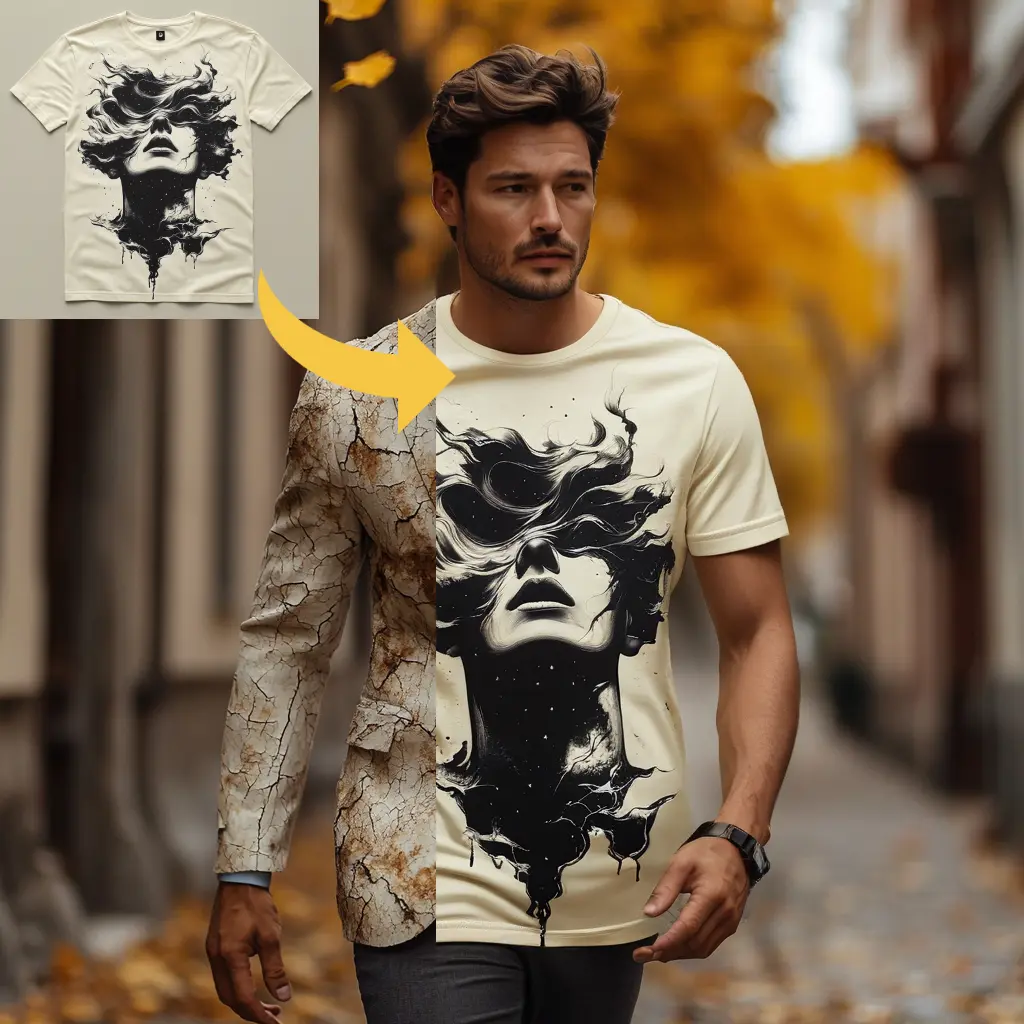ComfyUI Node: 多GLIGEN文本框应用
MultiGLIGENTextBoxApply
Categorylam
Lam Yan (Account age: 3093days) Extension
ComfyUI_Lam Latest Updated
2025-04-04 Github Stars
0.03K
How to Install ComfyUI_Lam
Install this extension via the ComfyUI Manager by searching for ComfyUI_Lam- 1. Click the Manager button in the main menu
- 2. Select Custom Nodes Manager button
- 3. Enter ComfyUI_Lam in the search bar
Visit ComfyUI Online for ready-to-use ComfyUI environment
- Free trial available
- 16GB VRAM to 80GB VRAM GPU machines
- 400+ preloaded models/nodes
- Freedom to upload custom models/nodes
- 200+ ready-to-run workflows
- 100% private workspace with up to 200GB storage
- Dedicated Support
多GLIGEN文本框应用 Description
Enhances AI image generation by applying multiple text conditions to GLIGEN model for nuanced image outputs.
多GLIGEN文本框应用:
The MultiGLIGENTextBoxApply node is designed to enhance the functionality of AI-driven image generation by integrating multiple text inputs into a GLIGEN (Generative Language-Image Generation) model. This node allows you to apply multiple text conditions to a generative model, enabling more complex and nuanced image outputs. By leveraging the power of GLIGEN, this node facilitates the creation of images that are conditioned on specific textual descriptions, allowing for precise control over the generated content. The primary goal of this node is to provide a flexible and powerful tool for artists and creators to experiment with text-based conditioning in their generative workflows, ultimately leading to more personalized and contextually rich image outputs.
多GLIGEN文本框应用 Input Parameters:
conditioning_to
This parameter represents the initial conditioning state that the node will modify. It is crucial as it serves as the starting point for applying the text-based conditions. The conditioning state is typically a complex data structure that the GLIGEN model uses to generate images. There are no specific minimum or maximum values, as it depends on the model's requirements.
clip
The clip parameter is a model component that processes the text inputs. It tokenizes and encodes the text, providing the necessary embeddings for the GLIGEN model to understand and apply the text conditions. This parameter is essential for converting textual descriptions into a format that the generative model can utilize effectively.
gligen_textbox_model
This parameter specifies the GLIGEN model variant to be used for applying the text conditions. It determines how the text inputs will influence the image generation process. The choice of model can significantly impact the style and quality of the generated images, making it a critical component of the node's functionality.
text0
text0 is a required string input that represents one of the textual conditions to be applied to the image generation process. This parameter allows you to specify a particular aspect or feature you want the generated image to reflect. The input must be a valid string, and it is mandatory to provide this parameter for the node to function correctly.
text1
Similar to text0, text1 is another required string input that provides an additional textual condition for the image generation. By allowing multiple text inputs, the node can create more complex and detailed images that incorporate various elements described by the user. This parameter also requires a valid string input and is essential for the node's operation.
多GLIGEN文本框应用 Output Parameters:
CONDITIONING
The CONDITIONING output is the modified conditioning state after applying the text-based conditions. This output is crucial as it represents the new state that the GLIGEN model will use to generate the final image. It reflects the influence of the provided text inputs and serves as the basis for the image generation process.
resolutionX
resolutionX is an integer output that indicates the horizontal resolution of the generated image. It provides information about the width of the image in pixels, which is important for understanding the scale and detail level of the output. This value is determined based on the input parameters and the node's internal logic.
resolutionY
Similar to resolutionX, resolutionY is an integer output that specifies the vertical resolution of the generated image. It indicates the height of the image in pixels, helping you understand the overall dimensions and aspect ratio of the output. This value is also derived from the input parameters and the node's processing.
多GLIGEN文本框应用 Usage Tips:
- Ensure that the text inputs (
text0andtext1) are clear and descriptive to achieve the desired influence on the generated image. - Experiment with different GLIGEN model variants to find the one that best suits your artistic style and project requirements.
- Use the
clipparameter effectively by providing well-structured text inputs that the model can easily tokenize and encode.
多GLIGEN文本框应用 Common Errors and Solutions:
"At least one text input is required"
- Explanation: This error occurs when neither
text0nortext1is provided, which are mandatory inputs for the node to function. - Solution: Ensure that you provide valid string inputs for both
text0andtext1to avoid this error.
"Invalid conditioning state"
- Explanation: This error indicates that the
conditioning_toparameter is not in the expected format or is incompatible with the GLIGEN model. - Solution: Verify that the
conditioning_toinput is correctly formatted and compatible with the model you are using. Consult the model's documentation for specific requirements.
多GLIGEN文本框应用 Related Nodes
RunComfy is the premier ComfyUI platform, offering ComfyUI online environment and services, along with ComfyUI workflows featuring stunning visuals. RunComfy also provides AI Playground, enabling artists to harness the latest AI tools to create incredible art.

